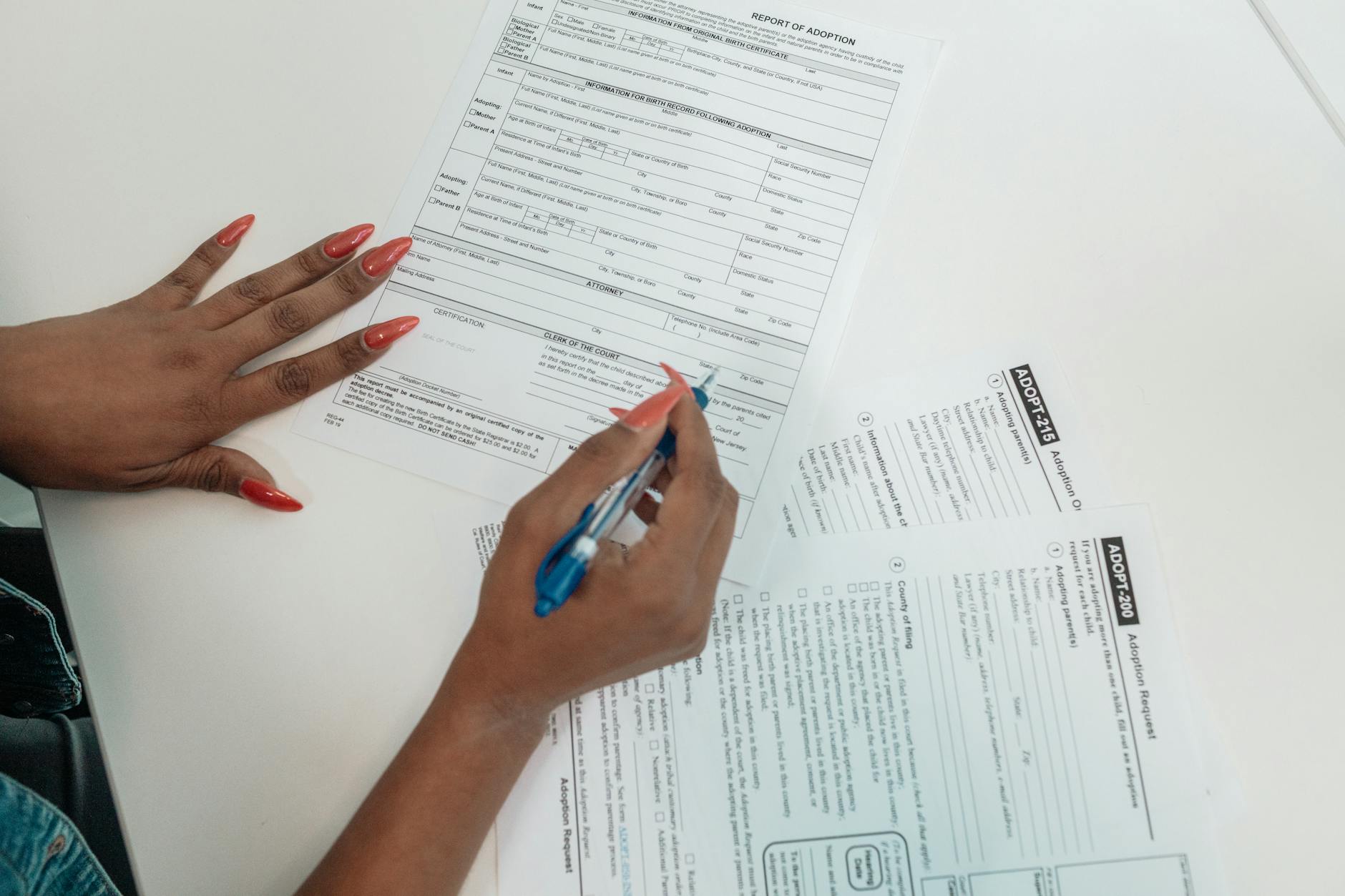What is task completion tracking?
What is task completion tracking?
In today’s fast-paced world, managing tasks effectively is essential for both personal and professional success. One of the most effective strategies to enhance productivity is task completion tracking. This approach allows individuals and teams to monitor their progress, stay organized, and ensure that tasks are completed efficiently. In this article, I’ll explore the concept of task completion tracking, its benefits, methods for implementation, and ways to overcome common challenges.
Understanding Task Completion Tracking
Before diving deeper into the topic, let’s clarify what task completion tracking really is.
Definition of Task Completion Tracking
At its core, task completion tracking refers to the process of monitoring and recording the progress of tasks from initiation to completion. This practice involves identifying what needs to be done, documenting it, and then checking off tasks as they are completed. By systematically tracking tasks, individuals can gain insights into their productivity patterns and areas for improvement.
Purpose and Benefits
The primary purpose of task completion tracking is to enhance productivity and time management. When you track your tasks, you can:
- Stay organized: A clear view of what needs to be done prevents tasks from slipping through the cracks.
- Prioritize effectively: Understanding which tasks are most urgent helps in allocating your time and resources wisely.
- Improve accountability: Tracking progress fosters a sense of responsibility, making it easier to hold yourself accountable.
- Identify bottlenecks: By analyzing completed tasks, you can pinpoint patterns that may hinder efficiency.
Using task completion tracking can lead to significant improvements in how you manage your time and achieve your goals. For more information, you might find this article on task tracking techniques insightful.
Methods of Tracking Task Completion
There are several methods and tools available to help with task completion tracking. Depending on your preferences, you might choose digital tools or traditional methods.
Digital Tools and Applications
In our digital age, numerous applications can streamline task tracking. Here are some popular options:
- Trello: This visual project management tool uses boards and cards to help you organize tasks easily.
- Asana: A robust platform designed for team collaboration, Asana allows users to assign tasks, set deadlines, and track progress.
- Todoist: A user-friendly to-do list app that helps you prioritize tasks and manage deadlines.
These tools not only simplify the tracking process but also promote collaboration, making them ideal for teams. If you’re interested in exploring more options, check out this guide on 20 best task management software available in 2024.
Manual Tracking Techniques
If you prefer a more hands-on approach, manual tracking techniques can be equally effective. Consider these options:
- Checklists: A simple checklist can help you keep track of tasks and provide a sense of accomplishment as you check off completed items.
- Planners: Using a physical planner allows you to jot down tasks, deadlines, and notes, creating a tangible record of your progress.
While digital tools are convenient, manual methods can offer a satisfying tactile experience, reinforcing the work done.
Implementing Task Completion Tracking
Now that you understand the methods available, let’s explore how to effectively implement task completion tracking in your daily routine.
Setting Up Goals and Milestones
The first step in effective task completion tracking is defining clear goals and milestones. Goals provide direction, while milestones break larger objectives into manageable steps. For instance, if your goal is to complete a project, establish milestones for each phase of the project. This technique not only clarifies expectations but also allows for ongoing assessment of your progress.
Best Practices for Effective Tracking
To enhance the effectiveness of your task completion tracking, consider these best practices:
- Regular Reviews: Set aside time weekly to review your completed tasks and adjust your upcoming priorities. This reflection ensures you stay aligned with your goals.
- Stay Flexible: Be prepared to adapt your tracking methods based on what works best for you. Everyone’s workflow is unique, so don’t hesitate to modify your approach.
- Celebrate Small Wins: Acknowledge your achievements, no matter how small. Celebrating milestones can boost motivation and keep you focused.
For a comprehensive exploration of productivity methods, check out this article discussing 7 productivity methods that might resonate with your style.
Challenges and Solutions in Task Completion Tracking
Despite its benefits, task completion tracking can come with challenges. Let’s address some common obstacles and their solutions.
Overcoming Procrastination
Procrastination can be one of the biggest barriers to effective task completion. Here are a few strategies to combat this tendency:
- Break Tasks into Smaller Steps: Large tasks can feel overwhelming. By breaking them down into smaller, actionable steps, you make them more manageable.
- Set Deadlines: Self-imposed deadlines can create a sense of urgency, motivating you to take action.
Maintaining Motivation and Accountability
Staying motivated can be challenging, especially when tasks become tedious. Here are some ideas to maintain your drive:
- Create a Support Network: Share your goals with friends or colleagues. Their encouragement can help you stay accountable.
- Track Progress Visually: Use charts or graphs to visualize your progress. A visual representation of your achievements can boost motivation.
Incorporating techniques like the Pomodoro Technique, which involves working in focused bursts followed by short breaks, can also help maintain productivity. For more on this time management method, check out the Pomodoro Technique guide.
Conclusion and Moving Forward
Task completion tracking is an invaluable tool for enhancing productivity and managing time effectively. By understanding what it is and implementing the right methods, you can foster a more organized and efficient workflow. Whether you choose digital tools or manual methods, the key is to stay consistent and adapt your approach as needed.
The journey to effective task management starts with taking that first step. Start implementing task completion tracking in your life today, and watch as your productivity soars!

Photo by Kindel Media